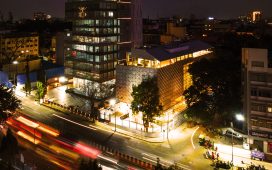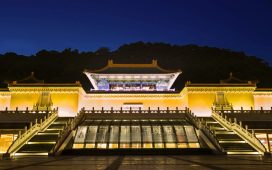Osaka is a city that doesn’t just welcome you—it embraces you with a smile, a feast, and a dazzling burst of color. Known for its bold character, vibrant nightlife, and legendary food scene, it’s often called Japan’s kitchen—and for good reason. Every street corner seems to offer something sizzling, every district hums with energy, and yet, woven between the neon and laughter are temples, castles, and traditions that remind you of its centuries-old past.
The city’s glow is unmistakable. Towering signs light up the night in a display often compared to Times Square, especially in the famous Dotonbori district where visitors flock for food, nightlife, and pure spectacle. Here, lanterns and neon blur together, casting reflections on the canal and creating one of the most stimulating slices of Japanese city life. Unlike Tokyo’s sleek sophistication or Kyoto’s refined elegance, Osaka thrives on fun, warmth, and unfiltered energy. It’s a city that wants you to indulge, laugh loudly, and live fully in the moment.
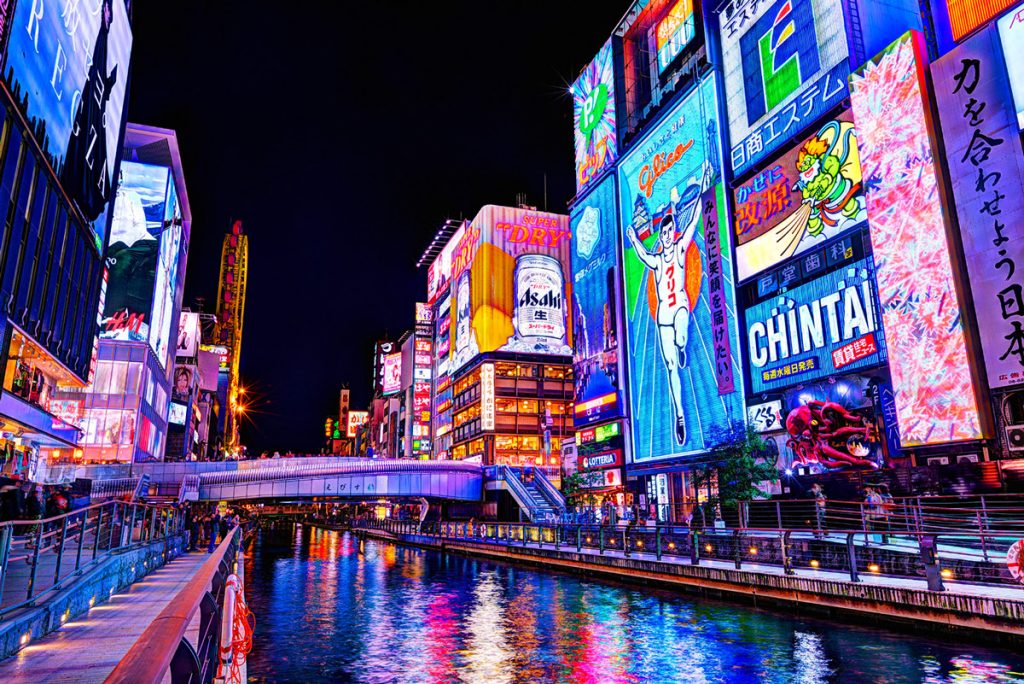
History of Osaka
Osaka’s history is as layered as its food, with each chapter adding flavor to its story. Once called Naniwa, it served as Japan’s early imperial capital in the 7th century, laying the foundation for its long-standing role as a cultural crossroads. During the Edo period, the city became the center of commerce and trade, nicknamed the “Nation’s Kitchen” for feeding the country through its rice markets and merchant districts. Its people were known for their humor, hospitality, and entrepreneurial spirit—traits that remain today. Even after being devastated during World War II, Osaka rebuilt itself quickly, transforming into a modern metropolis without losing the heart of its traditions.
Landmarks & Architecture
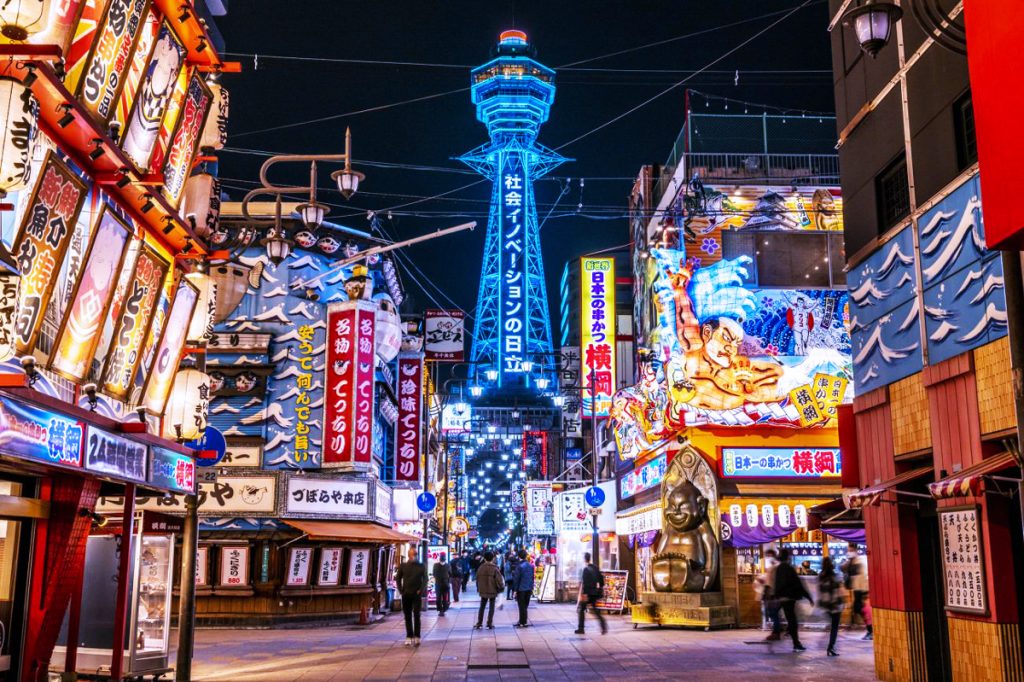
Osaka’s skyline is a striking blend of the ancient and the futuristic. Here, centuries-old temples stand proudly next to gleaming towers, and historic castles look out over neighborhoods buzzing with energy. Each landmark tells a story about the city’s resilience and creativity—whether it’s a fortress rebuilt after war, a shrine still drawing worshippers after centuries, or a skyscraper daringly designed for the future. Exploring Osaka’s architecture isn’t just about sightseeing—it’s about seeing how a city can honor its past while boldly looking forward.
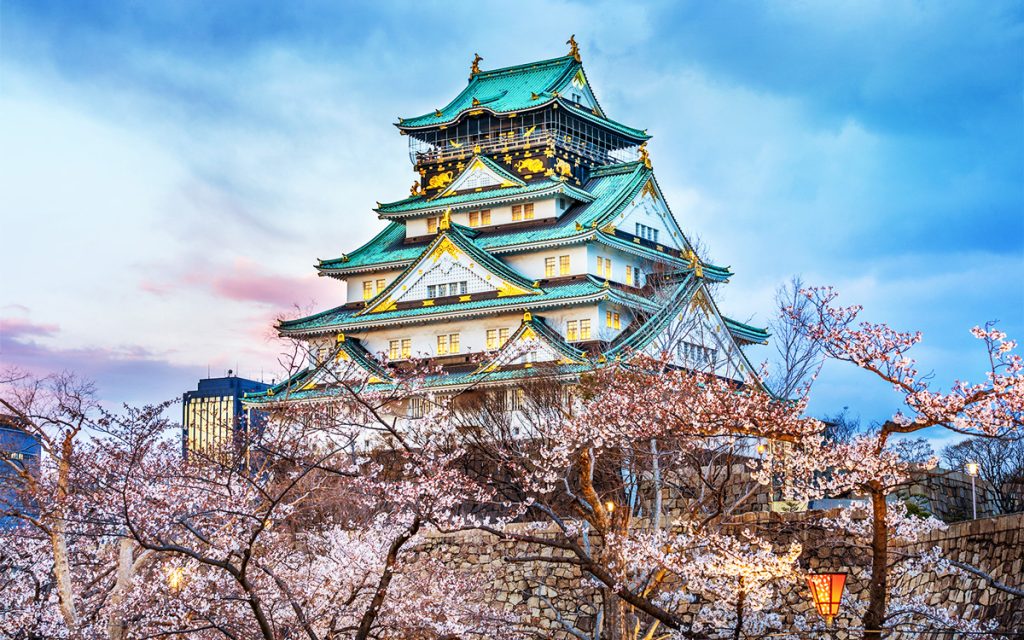
- Osaka Castle – A 16th-century icon surrounded by gardens and cherry blossoms.
- Umeda Sky Building – A futuristic tower with a floating garden observatory offering sweeping city views.
- Sumiyoshi Taisha Shrine – One of the oldest Shinto shrines in Japan, featuring its famous arched bridge.
- Shitenno-ji Temple – Founded in 593, Japan’s oldest Buddhist temple remains a symbol of faith.

Museums & Culture
Culture in Osaka is never passive—it’s alive, interactive, and often surprising. The city’s museums cover everything from history to science to art, offering spaces where the past meets the present in engaging ways. Beyond museums, Osaka is home to cultural traditions like Bunraku puppet theater, which has been performed here for centuries and remains central to the city’s identity. Whether you’re traveling with family, seeking art, or simply curious about Osaka’s unique story, these cultural institutions invite you to experience the city from new perspectives.
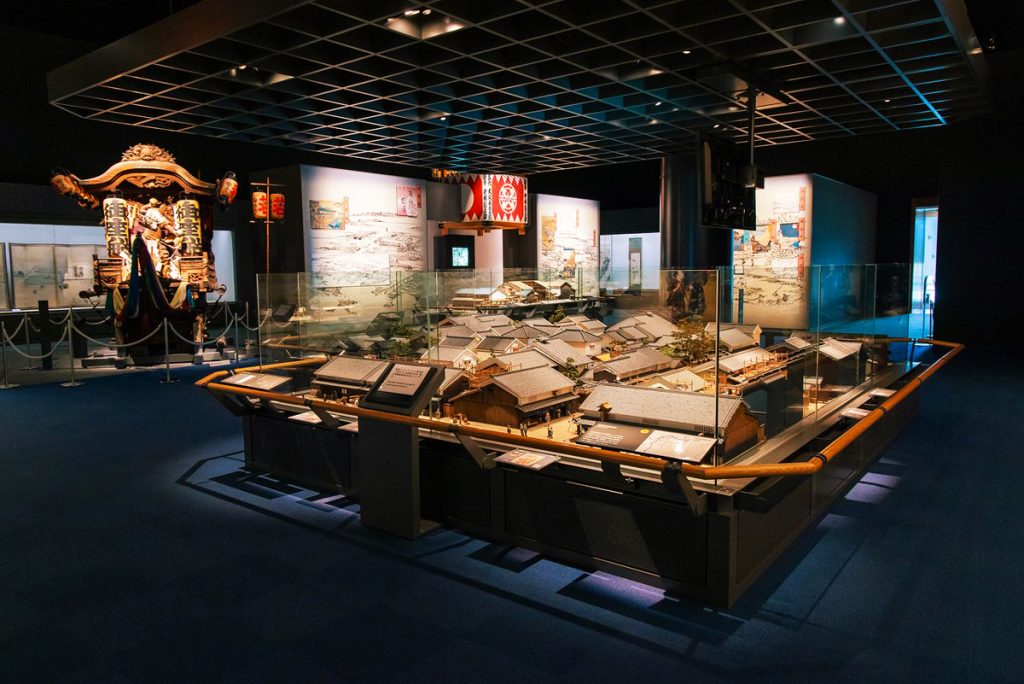
- Osaka Museum of History – Traces the city’s development from ancient times to modern day.
- National Bunraku Theater – Dedicated to Japan’s traditional puppet theater, a UNESCO-recognized art.
- Osaka Science Museum – Interactive science and space exhibits for kids and adults alike.
- Samurai & Ninja Museum with Experience – A hands-on museum where you can explore samurai history, try on armor, and even learn sword techniques.
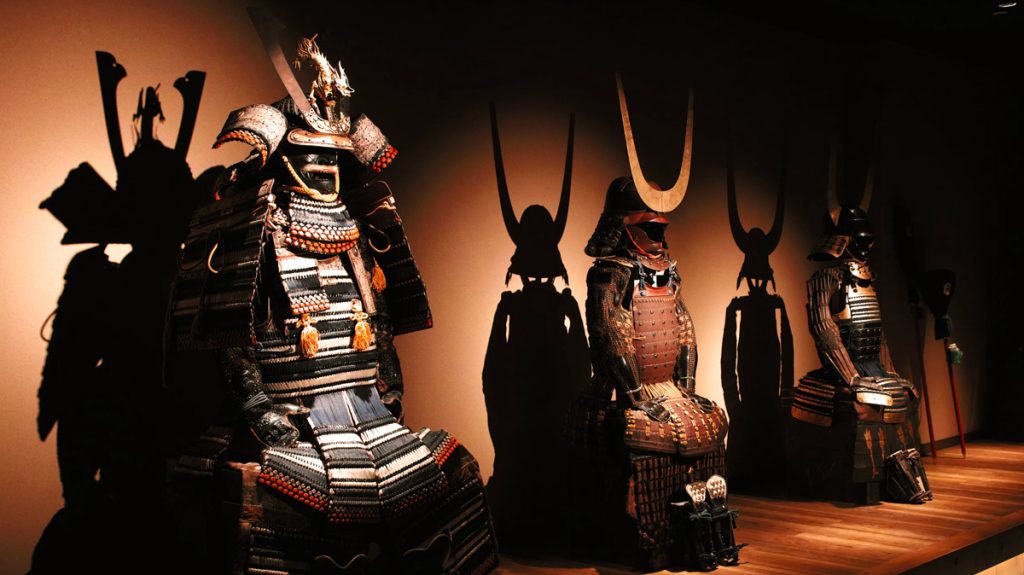
Hidden Gems
Osaka rewards those who wander off the main path. Beyond its famous castle and nightlife districts are small alleys, retro neighborhoods, and markets where you can glimpse the city’s soul. These places feel personal, local, and authentic—whether it’s a lantern-lit temple tucked away in a side street or a nostalgic district that feels frozen in time. For travelers seeking more than the typical highlights, these hidden gems reveal Osaka’s softer, quirkier side.

- Hozenji Yokocho – A quiet alley where lanterns glow and the moss-covered Hozenji Temple stands in serenity.
- Shinsekai District – A retro neighborhood with nostalgic Showa-era charm and the Tsutenkaku Tower.
- Kuromon Ichiba Market – Known as “Osaka’s Kitchen,” offering fresh seafood, street snacks, and sweets.
- TeamLab Botanical Garden – A digital art installation blending light, nature, and imagination.
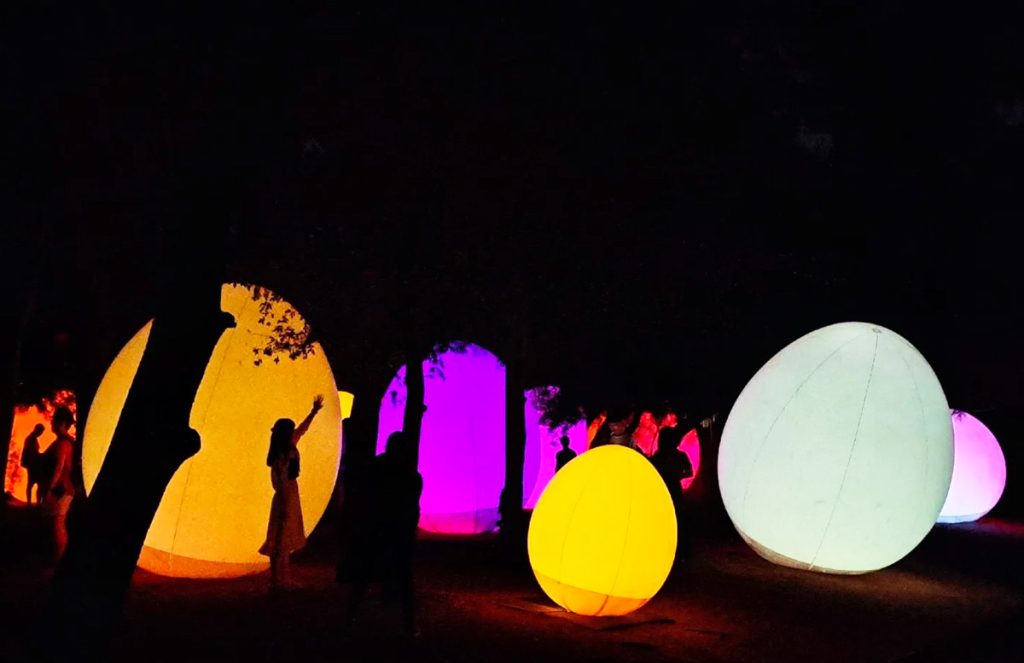
Spotlight: A Food Lover’s Paradise in Dotonbori

If there’s one place that sums up Osaka’s spirit, it’s Dotonbori. This entertainment district is alive day and night, with neon lights reflecting off the canal, giant mechanical crabs waving at hungry passersby, and food stalls sizzling nonstop. It’s chaotic, playful, and absolutely irresistible. Locals and travelers crowd the streets, bonding over shared plates of takoyaki or steaming okonomiyaki as laughter fills the air. In Dotonbori, eating becomes an event, a spectacle, and a tradition, proving why Osaka’s motto of kuidaore—“eat until you drop”—is more than just words.
Dotonbori is often compared to Osaka’s Times Square, and for good reason. Towering neon signs blaze above the streets, while clubs, bars, and restaurants keep the area buzzing deep into the night. It’s the city’s hotspot for tourists and revelers alike—a place where you can taste Osaka’s culinary specialties, sip sake or beer in a lively izakaya, and then step outside into a sea of light and sound. Come here for a stimulating and essential slice of Osaka nightlife, where the neon glow and nonstop energy make every moment feel unforgettable.
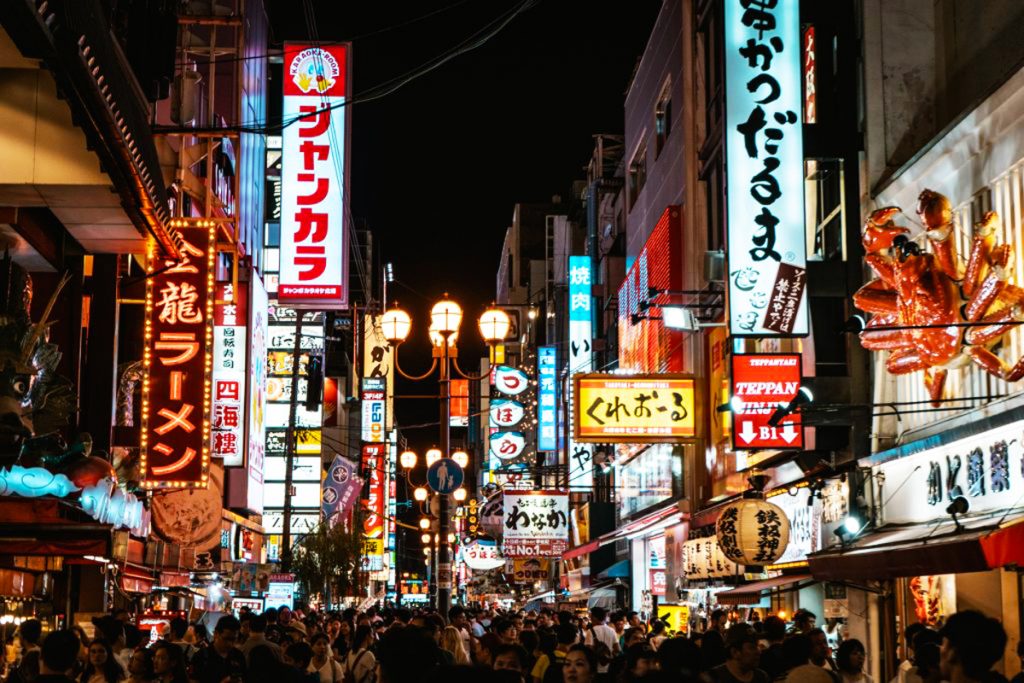
But Dotonbori is more than just food and nightlife—it’s theater. Walking through the streets, you feel like you’ve stepped onto a stage where every sign, vendor, and sound competes for your attention. Bright lanterns hang above narrow alleys, street performers add a touch of comedy, and laughter spills out of karaoke bars. It’s an atmosphere that is uniquely Osaka: unpolished, loud, and full of heart. While Tokyo dazzles with its polish, Dotonbori charms with its chaos, making every step an adventure for the senses.
For travelers, the magic of Dotonbori lies in its contrasts. By day, the district is lively but approachable—you can watch chefs flip okonomiyaki in front of small crowds, stroll along the canal, or stop in one of the traditional theaters tucked between the eateries. At night, however, Dotonbori transforms into something entirely different: a glowing carnival of light and sound. Whether you’re dining with locals shoulder-to-shoulder at a food stall or capturing the neon reflections on the water, Dotonbori feels like Osaka at its most alive. It’s not just a destination—it’s an experience you’ll carry with you long after leaving Japan.
Food & Dining
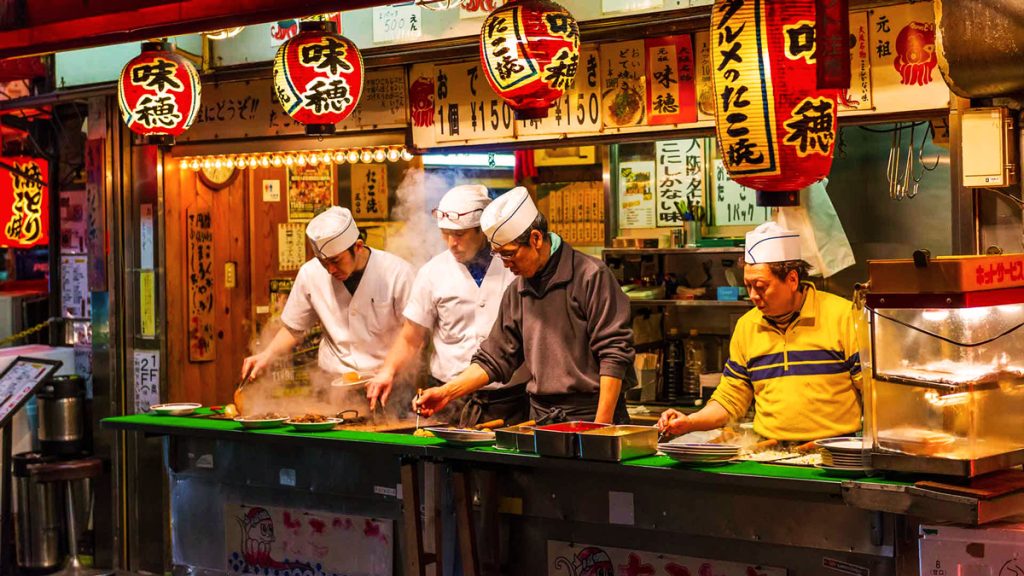
In Osaka, food isn’t just about taste—it’s about joy, togetherness, and indulgence. The city lives and breathes its culinary identity, earning its reputation as the “Nation’s Kitchen.” From quick bites at bustling markets to Michelin-starred masterpieces, eating here feels like part of the culture itself. Locals pride themselves on hospitality, and sharing a meal often means sharing laughter, conversation, and connection. To truly experience Osaka, you must experience its food scene—it’s a journey all on its own.
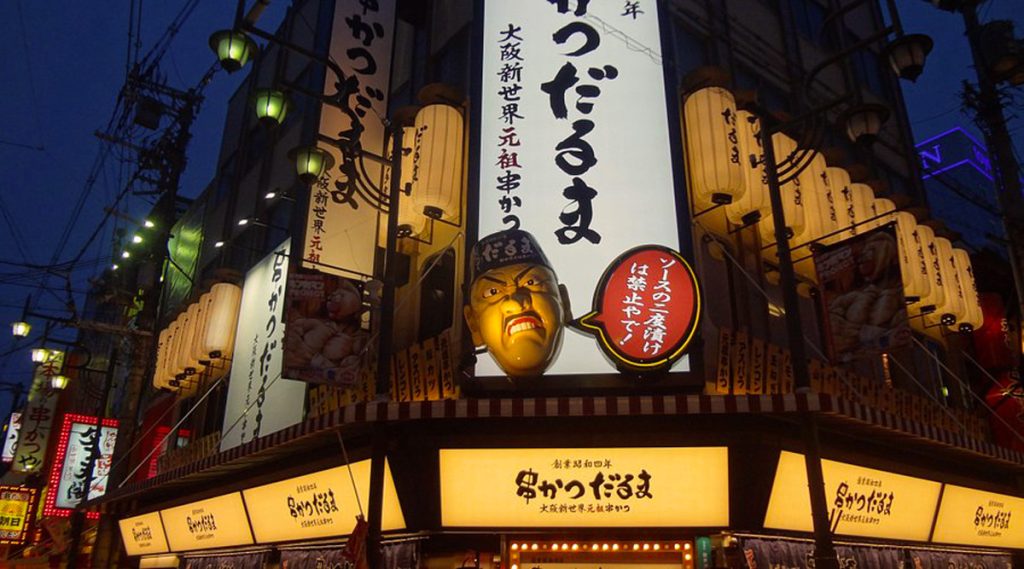
- Daruma (Shinsekai) – The birthplace of kushikatsu, this casual eatery has been serving deep-fried skewers for decades with its signature “no double-dipping” sauce rule.
- Takoyaki Wanaka (Namba) – Famous for serving some of the city’s best takoyaki, crispy on the outside and gooey on the inside, topped with sauces and bonito flakes.
- Mizuno (Dotonbori) – A legendary spot for okonomiyaki, where savory pancakes are cooked to perfection on hot griddles right at your table.
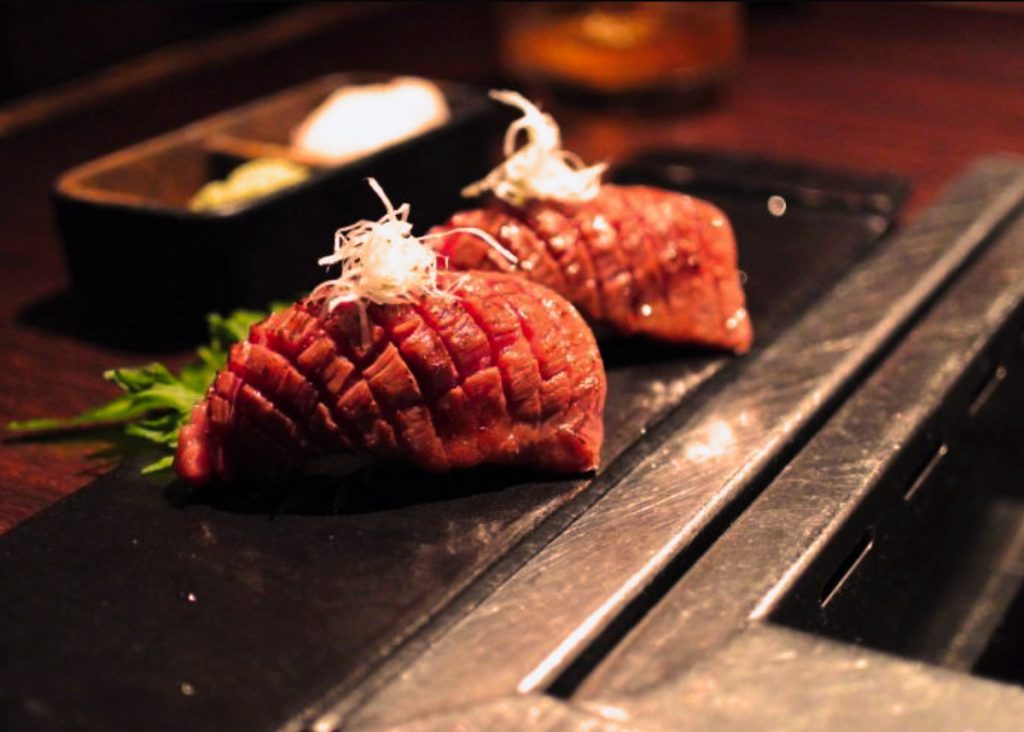
- Matsuzakagyu Yakiniku M (Shinsaibashi) – A must for beef lovers, specializing in Matsusaka wagyu, one of Japan’s top premium beef varieties.
- Kuromon Ichiba Market Stalls – For a more casual experience, the market is filled with vendors selling fresh crab legs, grilled scallops, sushi, and other street eats.
- Hajime (Umeda) – A Michelin three-star restaurant offering an avant-garde dining experience where French techniques meet Japanese artistry.

Where to Stay
Osaka offers a wide spectrum of accommodations, each suited to different types of travelers. If you want the city’s energy at your doorstep, Namba and Dotonbori put you in the middle of neon-lit nightlife. For something modern and chic, Umeda’s high-rises offer sleek hotels and easy access to shopping. Families gravitate toward the Bay Area near Universal Studios, while those seeking something traditional can find boutique inns with tatami mats and Japanese breakfasts. Wherever you choose, staying in Osaka means waking up to a city buzzing with possibilities.
- Budget – Capsule Hotel Astil Dotonbori: Stylish and comfortable capsules located just steps from Osaka’s nightlife and street food hub.
- Mid-Range – Hotel Nikko Osaka: A reliable favorite in Shinsaibashi, offering spacious rooms, great amenities, and direct subway access.
- Luxury – The St. Regis Osaka: A five-star property on Midosuji Avenue with butler service, elegant suites, and skyline views.
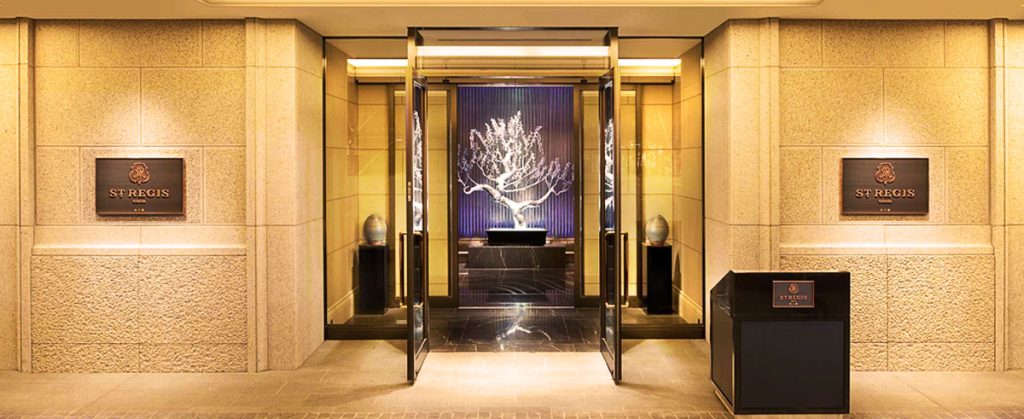
Neighborhoods of Osaka
Each neighborhood in Osaka feels like a different personality, adding to the city’s richness. Some are bright and loud, overflowing with entertainment, while others are nostalgic, calm, and steeped in history. Exploring these districts shows you the many faces of Osaka, from its futuristic business side to its playful retro heart. The city isn’t just one story—it’s many stories woven together, waiting to be discovered block by block.

- Namba & Dotonbori – Osaka’s energetic nightlife and street food hub.
- Umeda – Sleek skyscrapers, endless shopping, and modern hotels.
- Shinsekai – Retro Osaka with Showa-era vibes and kushikatsu shops.
- Bay Area – Universal Studios Japan and family-friendly attractions.
- Tennoji – Parks, shrines, and Japan’s tallest skyscraper, Abeno Harukas.

Spotlight: Relaxation at Spa World

Amid Osaka’s whirlwind of neon lights, bustling markets, and endless energy, there’s a place where time slows down and the body can completely reset: Spa World. This sprawling onsen complex is one of Japan’s most famous urban hot spring resorts, offering an escape into relaxation right in the heart of the city. It’s not just a bathhouse—it’s a journey through cultures, with themed baths modeled after famous regions of the world. From Roman-style pools to traditional Japanese rock baths, each section offers a new sensory experience.
Visitors can spend hours here soaking in steaming mineral-rich waters said to heal the body and rejuvenate the skin. Beyond the baths, Spa World offers saunas, massage services, and relaxation lounges where you can drift away from the fast pace of Osaka. For families, there’s even a large swimming area with slides and play zones, making it a unique destination that blends wellness with entertainment.
The real charm of Spa World lies in its accessibility—you don’t need to travel deep into the mountains to experience the magic of Japanese onsen culture. Whether you come at the end of a long day exploring Dotonbori or dedicate an afternoon entirely to unwinding, Spa World gives you the chance to balance Osaka’s high-energy personality with moments of pure serenity. It’s proof that in a city known for indulgence in food and fun, there’s also a space to indulge in rest.

Day Trips from Osaka

One of the best parts of staying in Osaka is how easily you can reach some of Japan’s most iconic attractions. Within an hour or two, you’ll find yourself in places that feel entirely different from the city’s neon buzz—ancient temples, majestic castles, theme parks, and landscapes that carry centuries of stories. These day trips aren’t just side notes to Osaka—they’re essential experiences that reveal the soul of the Kansai region.
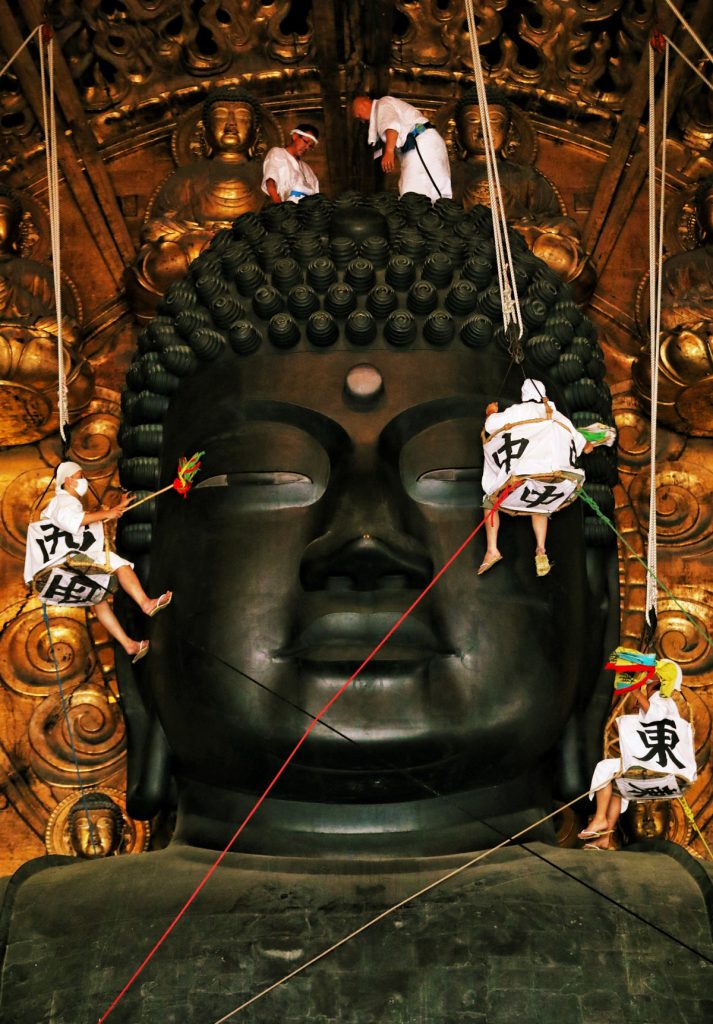
- Fushimi Inari Shrine (Kyoto) – Famous for its thousands of bright red torii gates winding up Mount Inari.
- Todai-ji Temple (Nara) – Home to the Great Buddha, one of the largest bronze statues in the world, inside a massive wooden hall.
- Kinkaku-ji (Golden Pavilion) – Kyoto’s dazzling gold-leaf temple reflected in a serene pond, one of Japan’s most photographed sights.
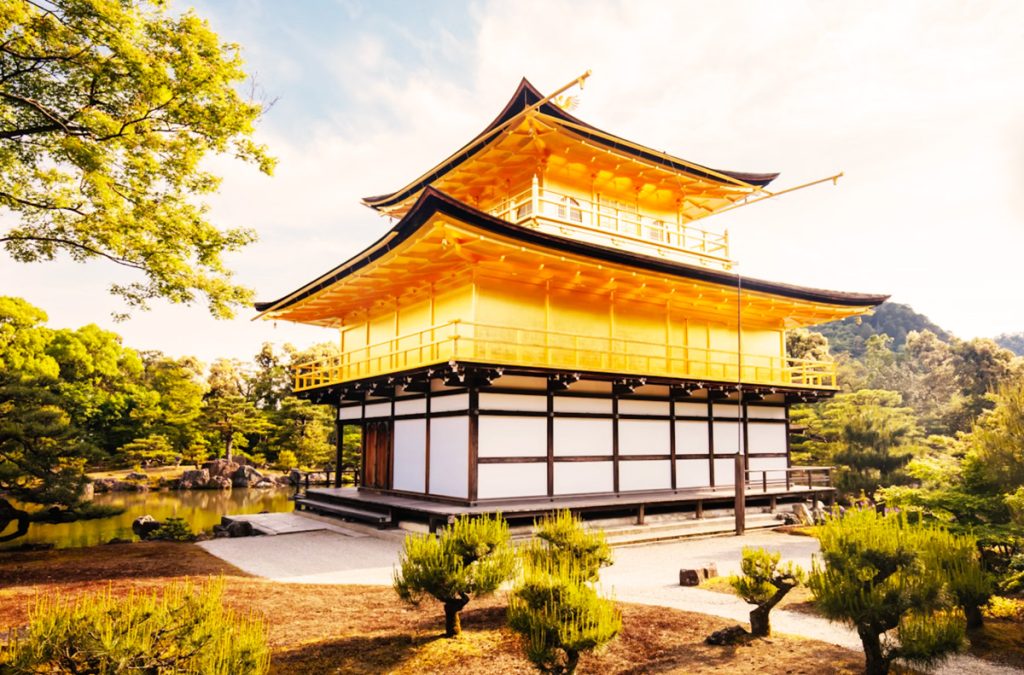
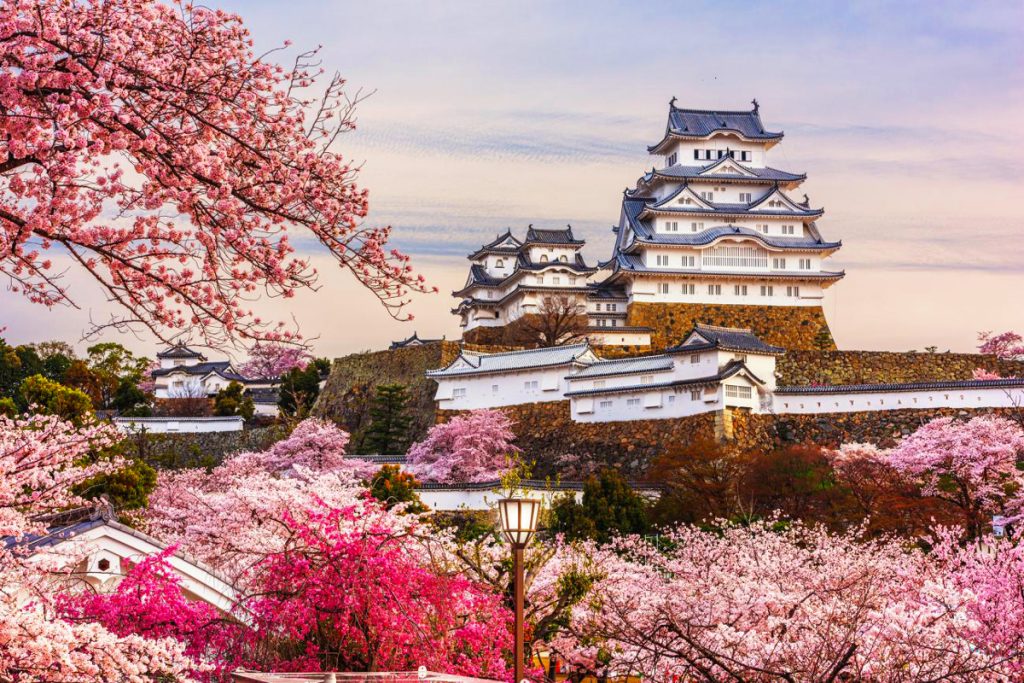
- Himeji Castle – Japan’s most spectacular and best-preserved feudal castle, a UNESCO World Heritage Site.
- Mount Koya (Koyasan) – A sacred mountain dotted with monasteries and lantern-lit cemeteries, offering an unforgettable spiritual experience.
- Universal Studios Japan – A world-class theme park with thrilling rides, movie-themed lands, and the Wizarding World of Harry Potter, perfect for a full day of fun.
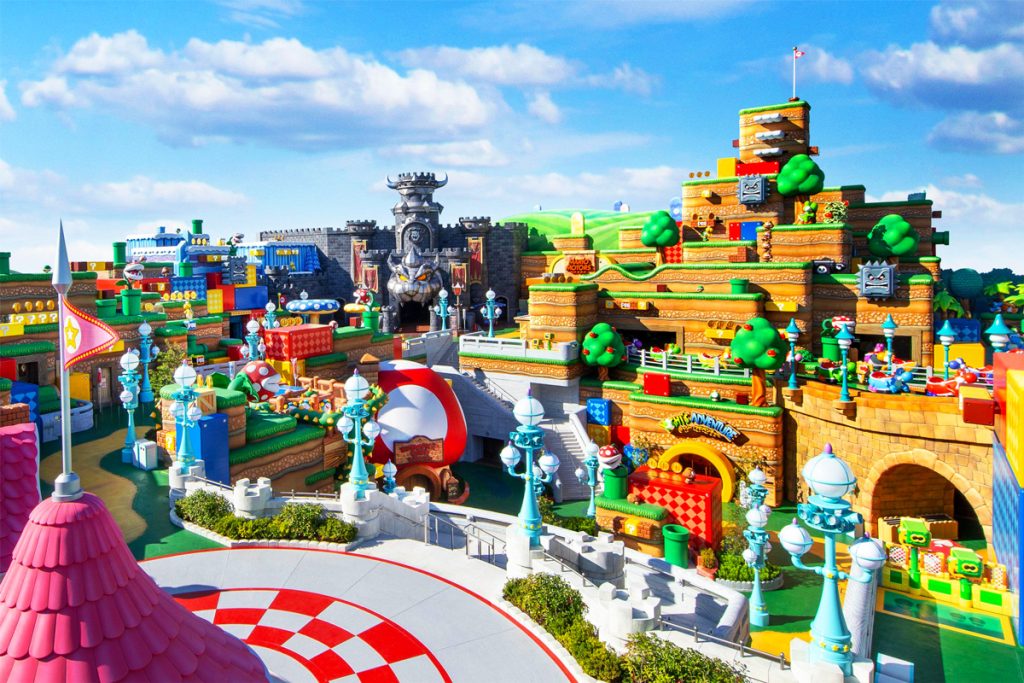
Practical Tips
Osaka is easy to navigate, but knowing a few insider tips can make your experience smoother. The subway and train systems connect all major attractions, and prepaid cards keep travel simple. The city changes with the seasons—spring and autumn bring beauty and mild weather, summer means fireworks and festivals, while winter offers cozy food escapes. Most importantly, remember that Osaka has its own culture and rhythm—it’s friendlier, more relaxed, and more humorous than many other Japanese cities. Embrace that warmth, and you’ll feel like a local in no time.
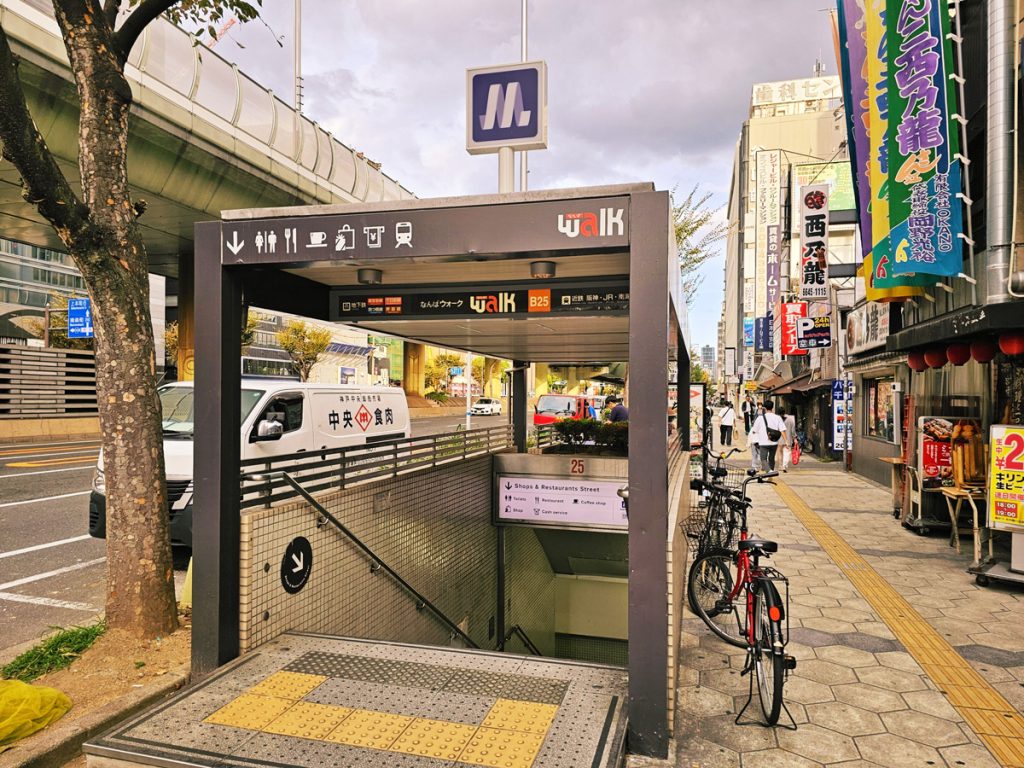
- Getting Around – Use an ICOCA prepaid card for subways and JR trains.
- Best Time to Visit – Spring for blossoms, autumn for foliage, summer for festivals, winter for food.
- Language – English is limited; translation apps or simple Japanese phrases help.
- Etiquette – Don’t double-dip in kushikatsu sauce—it’s a local rule!
Final Thoughts

Osaka is a city that shines as brightly as its neon lights but has a depth that goes far beyond them. It’s a place where you can eat until you drop, lose yourself in entertainment, and still find moments of quiet reflection in ancient temples and shrines. It feels raw, real, and full of life, offering travelers a version of Japan that is warm, approachable, and endlessly exciting. From castles and retro neighborhoods to street food feasts and world-class attractions, Osaka delivers a complete experience that lingers long after your trip ends.




